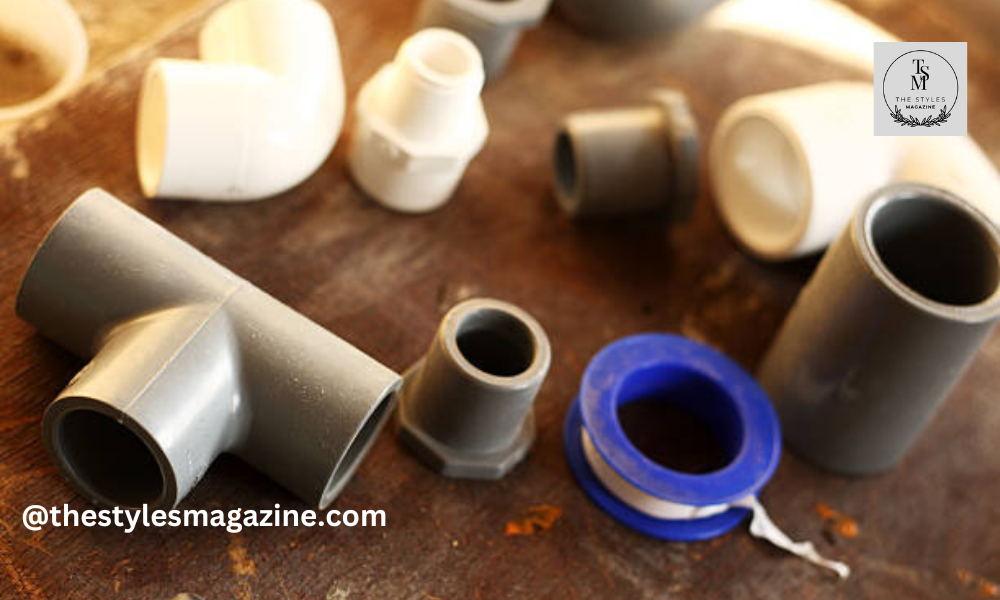What starts as an innocent drip from a pipe under the sink or a barely noticeable moisture stain on a ceiling can quickly escalate into a costly, potentially dangerous situation. Most homeowners and property managers don’t think twice about minor plumbing issues. A little water, after all, seems harmless. But water has a way of finding its way into walls, under floors, and into the dark crevices of a home, where mold thrives.
Mold isn’t just an aesthetic problem. It can lead to serious structural damage and, more importantly, severe health issues, especially for those with allergies, asthma, or weakened immune systems. Often, the root cause of a mold infestation is traced back to plumbing leaks that went unaddressed for too long. That’s why acting fast with high-quality repair components is key. For those in need of reliable pipe repair products, resources like store.blairsupplyusa.com offer an excellent selection of professional-grade repair clamps and couplings that can stop leaks before they start a bigger problem.
The Silent Path From Leaks To Mold
Most mold problems don’t begin with a flood. They begin with something much smaller—a slow, quiet leak. Water dripping from a pipe joint hidden inside a wall can remain unnoticed for weeks, even months. During that time, moisture builds up inside drywall, wood framing, and insulation. The result? A perfect breeding ground for mold spores.
Mold only needs a few things to flourish: moisture, warmth, and a surface to grow on. Once established, it can spread rapidly through walls and ceilings, fueled by the constant dampness from that tiny leak. What’s worse is that mold often grows out of sight—behind paint, underneath flooring, or inside ventilation systems. By the time it’s visible or causing that unmistakable musty odor, it has likely taken hold of a large area.
To prevent this, proactive maintenance is crucial. Homeowners should make it a habit to inspect areas near pipes, water heaters, and appliances for signs of moisture. If you’re unsure whether moisture has already invited mold into your home, a professional mold inspection is a wise step. Providers such as https://theinspectorscompany.com/ offer detailed assessments that go beyond the surface, helping to uncover hidden infestations before they cause long-term damage.
Why Early Intervention Matters
Waiting too long to repair a leak is a gamble. Water damage is cumulative—it weakens building materials, corrodes metal, and, worst of all, can degrade the structural integrity of your home. Once mold begins to grow, cleanup becomes exponentially more expensive and invasive.
Early detection and swift repair are your best defenses. The sooner you fix a leak, the lower the chance that mold has to develop and spread. Even if mold hasn’t started to grow yet, the lingering moisture will continue to compromise air quality and potentially lead to future outbreaks. In older homes, especially, plumbing systems may already be nearing the end of their lifespan. Regular inspections and preemptive upgrades or repairs can help you stay ahead of costly mold remediation.
The financial difference between replacing a pipe clamp today and hiring a mold remediation crew next month can be staggering. It’s not just about saving money—it’s about preserving the health of your home and everyone living in it.
Health Risks Aren’t Just Hype
Mold exposure isn’t just an unpleasant nuisance. It can have serious health effects, especially in children, the elderly, and people with respiratory conditions. Symptoms range from chronic coughing and sneezing to headaches, fatigue, and more serious lung conditions. In some cases, long-term mold exposure can contribute to the development of asthma or worsen existing symptoms.
Black mold, or Stachybotrys chartarum, is particularly concerning. It thrives in constantly damp environments and can release mycotoxins that are harmful when inhaled. Although not all molds are toxic, the risks increase significantly when a mold problem is left to grow unchecked.
Even if your household isn’t experiencing symptoms, that doesn’t mean mold isn’t a problem. Some strains are nearly invisible, and some individuals may not react right away. That’s why it’s so important to address water issues at the first sign—whether that’s a wet patch on the drywall or a slow leak under the kitchen sink.
Prevention Is Easier Than Remediation
It’s far easier—and cheaper—to prevent mold than to remove it. Once mold has spread inside walls or beneath floors, professional remediation is often the only option. This can involve tearing out building materials, installing industrial dehumidifiers, and applying strong chemical treatments.
On the other hand, preventing leaks is straightforward. Investing in high-quality plumbing hardware, regularly checking vulnerable areas, and taking action at the first sign of trouble can make all the difference. Don’t overlook the small stuff. That drip, that stain, that faint musty smell—those are all early warnings. Heeding them now can spare you a major headache later.
Stop The Drip, Protect Your Health
Minor plumbing issues may not seem urgent, but they can set off a chain reaction that ends with health risks, structural damage, and high repair bills. By staying alert and responding quickly, you can prevent mold from ever becoming a problem in your home.
The next time you spot a leak or sense something off in your living space, remember: a proactive fix today is worth far more than a costly cleanup tomorrow. Whether you’re patching up an aging pipe or bringing in a professional to inspect for mold, you’re investing in the health and safety of your home—and the people in it.
Thank you for exploring our Blog! For additional captivating content, feel free to explore the corresponding category.

